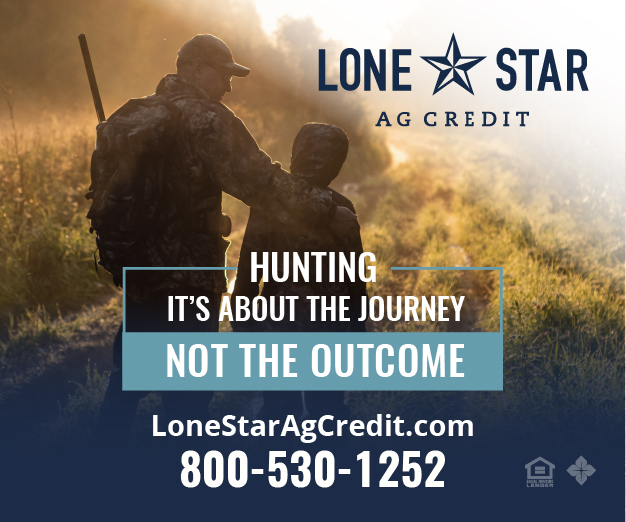HOME
The Swift Fox
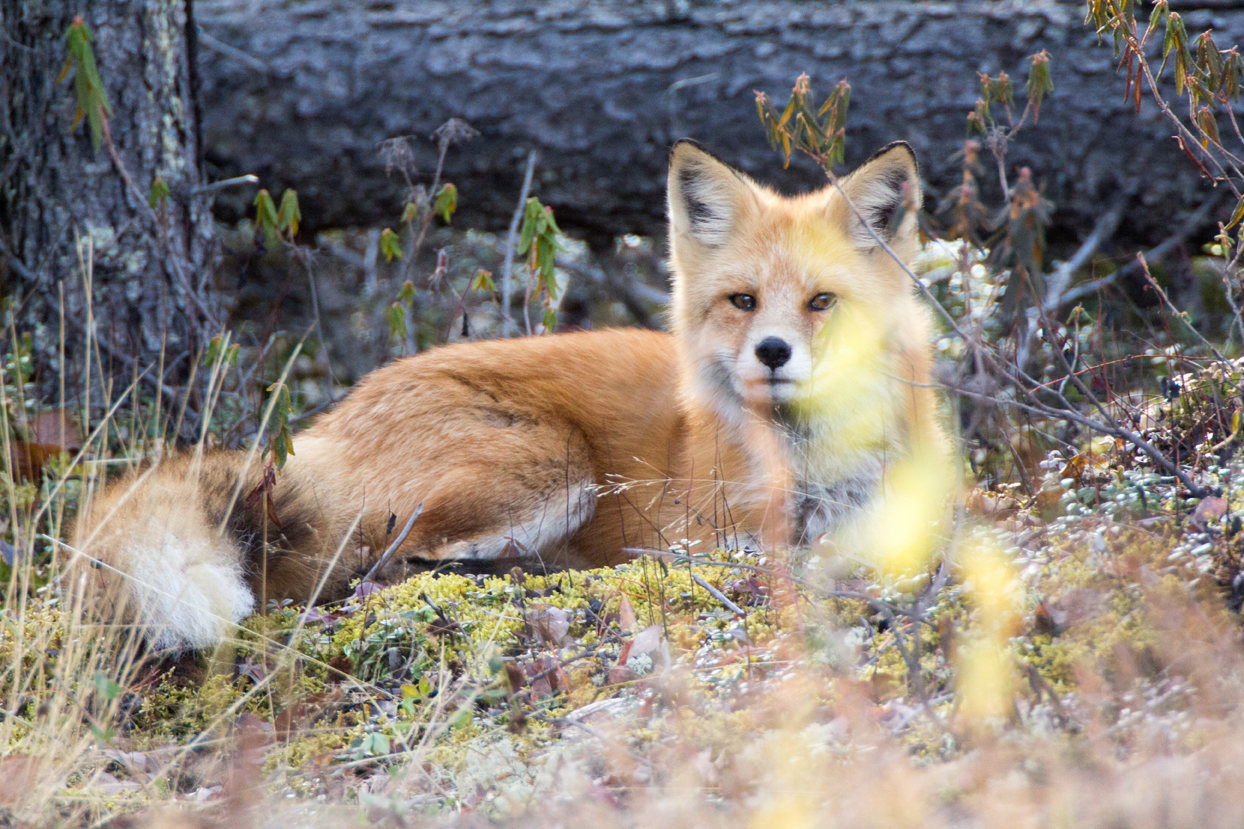
By Russell A. Graves
North of Dalhart there isn’t much to stop the wind. A vast prairie cleaves horizontally into an even bigger sky. If you get past the row crops and out to the big ranch country, you’ll find a wild land that’s remained virtually unchanged. Short grasses carpet the prairie and yuccas point their green barbed leaves towards the heavens, waiting for rain to fall. While rains do fall intermittently, the band of Texas landscape that runs along the state’s long western edge gets barely over a foot of rain annually. The semi-arid country sits below the oothills of the Rocky Mountain range to the west. Eons of sediment washed down from mountains to create the Great Plains and it’s the same mountains that influence the region’s weather. As clouds gather over the mountains, moisture is wrung from them. The result is a north to south running dry slot that encompasses about a quarter of the Texas landscape.
This patch of semi-arid ground is suited for many plant and animal species that are unique to this part of Texas. It’s a place where the density of people per square mile is scant and trees are perhaps as rare. Prairie dogs, while not as plentiful as historical records indicate, are still numerous. Their incessant burrowing creates habitat that supports numerous other high plains species like pronghorn antelope and a variety of reptiles and invertebrates. The prairie dogs themselves are a meal for animals higher up on the food chain.
As the sun rose across the immense prairie, my pal Chad and I were creeping through the shortgrass along a ranch road in his Ford F-250. Chad is an outfitter, and a couple of months before the opening day of the pronghorn season, we were scouting for big males that his clients would invariably hunt.
From our vantage point, emptiness was all around. East to west there was prairie, an old barbed wire fence immediately outside the passenger side door, the rutted ranch road on which we parked, a prairie dog town and more undulating prairie as far as we could see. Across the prairie dog colony— perhaps 400 yards away, we watch a small band of half dozen pronghorn antelopes skirt the town’s margins.
As we glassed the antelope, my binoculars began to wander as I watched prairie dogs skitter about the town. Running from burrow to burrow they weren’t as concerned with the pronghorns as we were. It was business as usually in dog town except for one thing: about 100 yards from the truck I saw what I thought were baby coyotes.
“Look,” I told Chad. “Look at those coyotes!”
From a personal standpoint, I thought the find was significant, as I’d never seen as many baby coyotes in one spot. When I put the binoculars to my eyes, I knew my snap identification was wrong.
“Those are foxes,” I told Chad. “Swift foxes.” Until 1995, swift foxes were thought to be all but extirpated in Texas. Now, I was staring at five of them who are staring right back.
Camera on the window, I snapped a few shots and then did all I knew to do: I squeaked at them like I was calling a dog. When the sound traveled across the town, a male, lying next to the others stood up with his ears perked.
To read more pick up a copy of the November 2018 NTFR issue. To subscribe call 940-872-5922.
Attractions
The Deadliest Prairie in Texas
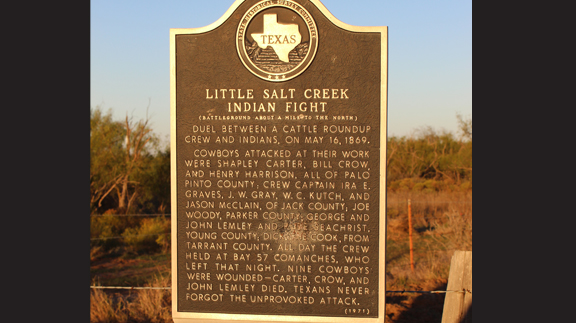
By Shannon Gillette
The Salt Creek Prairie with its rolling natural grasses and rampant wildflowers was a deceptive backdrop to the most dangerous prairie in Texas. Located in the northern section of Young County, the prairie absorbed an abundant amount of blood, shed from the battles between the encroaching white man and the Indians desperately trying to hold on to their home lands.
The Salt Creek Prairie was the location of several encounters between the Kiowa, Comanche and the area ranchers. The Indian Raid of Elm Creek on Oct. 13, 1867, resulted in the death of seven ranchers, five former Confederate Soldiers, the kidnapping of six women and children and the theft of 10,000 head of cattle. On May 18, 1871, the prairie witnessed another massacre when the Warren Wagon Train was hit by Kiowa under the command of Satanta, Satank and Big Tree. Seven members of the wagon train were murdered and forty-one mules stolen. But perhaps one of the bloodiest encounters was the Salt Creek fight on May 16, 1869.
Eleven cowboys under the watchful eye of their foreman, Captain Ira Graves were in the process of rounding up about five hundred head of their cattle about five miles southeast of present day Olney, Texas. The ranch hands were William Crow, John and George Lemley, C. L. Carter, Jason McClain, W. C. Kutch, J. W. Gray, Henry Harrison, Rube Secris, Joe Woody and a former slave known as Dick. They had noticed signs of recent Indian activity and were vigilant as they gathered the herd together. Each was armed with cap and ball six shooters. They had pointed the cattle towards the ranch and had made about four miles headway when they noticed a few more head grazing in the distance. Graves sent Carter and Kutch to gather them up. They had advanced about two miles when they spotted a large band of Indians approaching fast. Carter and Kutch could have taken cover in the sparse timber, but realized they would be leaving their companions in serious danger. The two groups met in the middle and tried to take cover in a small ravine that drained into the Salt Creek. The shallow-make shift fox hole offered very little protection.
The Indians attacked again and again. Arrows rained down on the cowboys in a continuous stream of painful blows. They attacked and retreated and attacked and retreated, but each time were met with volleys of gunfire from the small group of ranch hands. Each time the Indians retreated, they conferenced with their leader, who had stationed himself on a small hill away from the battle. After six hours of the constant onslaught, Graves developed a plan. When the Indians retreated, he ordered his men to stand and wave as wildly as they possibly could. The band of Indians, numbering over fifty strong, retreated for a final time, leaving the small band of cowboys alone.
As the dust settled the ranch hands evaluated their losses. In Kutch’s personal account given several years later, he described the aftermath: “Wm. Crow had been dead for several hours, and C. L. Carter had a severe arrow wound in his body, and had been also painfully injured with a rifle ball. John Lemley was mortally wounded in the abdomen with an arrow; J. W. Gray had been twice struck with rifle balls, once in the body and one in the leg; W. C. Kutch had two arrow heads in his knee and one in his shoulder; Jason McClain had been twice wounded with arrows; Rube Secris had his mouth badly torn, and his knee shattered; Geo Lemley had his face badly torn, and an arrow wound in his arm; and Ira Graves and Dick were also wounded.” Harrison was sent to Harmison Ranch for help.
The exhausted and wounded cowboys braved a very long and frightful night. With great relief, the morning hours brought the welcome sight of an incoming wagon. The rescuers patched the wounded as well as they could and sent word that doctors were needed desperately. The doctors did not arrive until a full twenty-four hours later. Carter passed away the next day from the injuries received during the battle. Two years later, McClain died while on another cattle drive. The cause of his death was blamed on the substantial injuries incurred on that fateful day in 1869.
While today the prairie grasses still wave and the wildflowers bloom in gorgeous arrays of colors nestled between cactus and mesquite, the blood shed is a distant memory. On crisp spring mornings it is easy to picture the deadly predicament that the cowboys faced.
This article originally appeared in the January 2016 issue of NTFR.
HOME
Preparing Spring Gardens

By Hannah Claxton | Editor
The North Texas area is located within USDA Hardiness zones seven and eight. The zones are categorized by predicted low temperatures for winter and timing of the first and last frosts.
Zone seven usually has winter low temps between 0 and 10 degrees F with the average date of the first frost falling between Oct. 29 and Nov. 15 and the average date of the last frost falling between March 22 and April 3.
Overall, these two zones have similar climates and growing conditions, making the options for timing and variety within a garden very similar.
In these zones, cool-season crops should go in the ground in March, meaning that soil preparation should start now.
To read more, pick up a copy of the January edition of North Texas Farm & Ranch magazine, available digitally and in print. To subscribe by mail, call 940-872-5922.

HOME
Equine Vaccinations
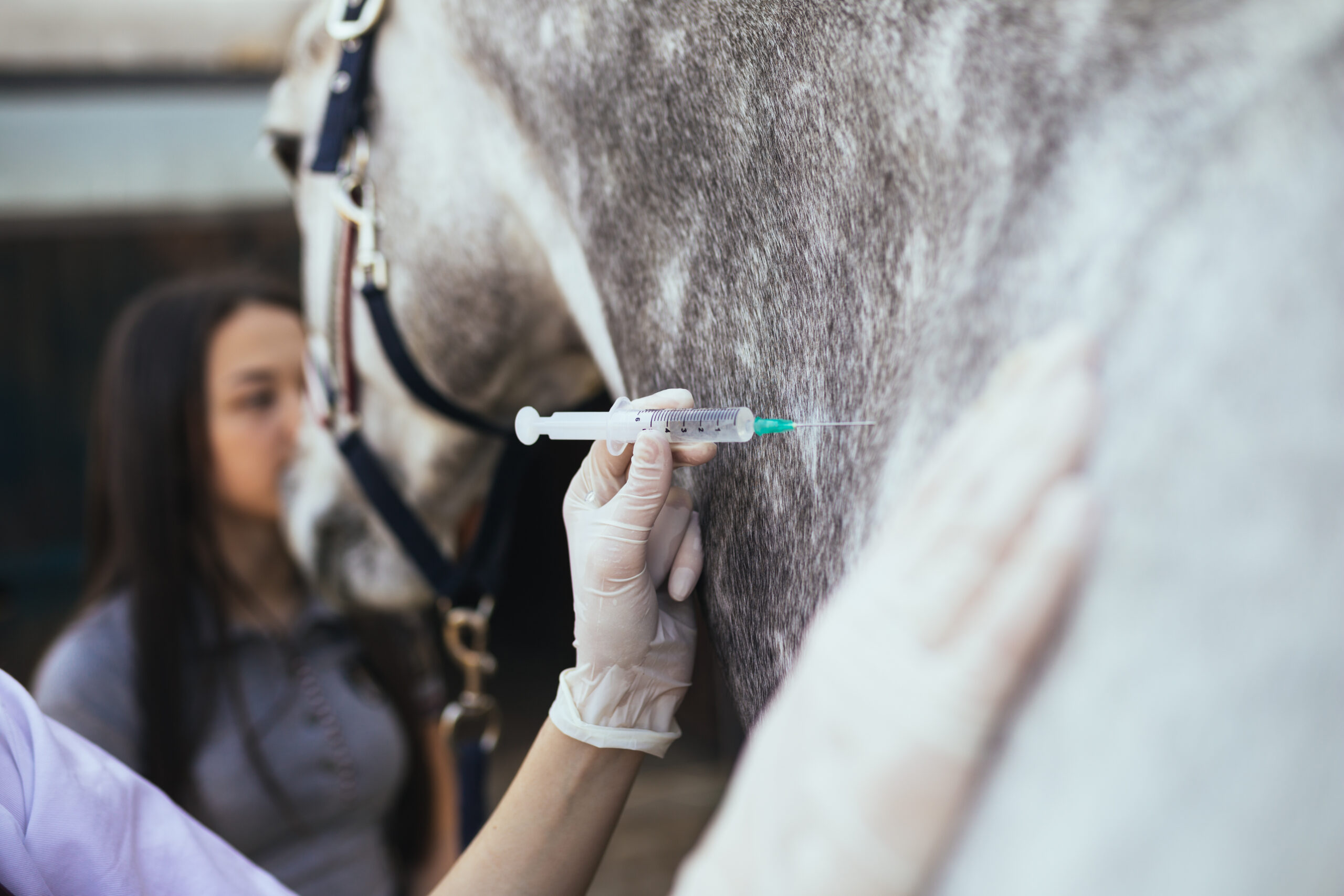
By Heather Lloyd
Vaccinations are a critical component of maintaining the health and well-being of horses, especially in environments where they are exposed to other animals, such as in the sport, show and performance arenas. Horses, like all animals, are susceptible to various infectious diseases that can spread quickly and cause serious harm.
A routine vaccination schedule helps prevent the spread of these diseases by preparing the horse’s immune system.
To read more, pick up a copy of the November edition of North Texas Farm & Ranch magazine, available digitally and in print. To subscribe by mail, call 940-872-5922.
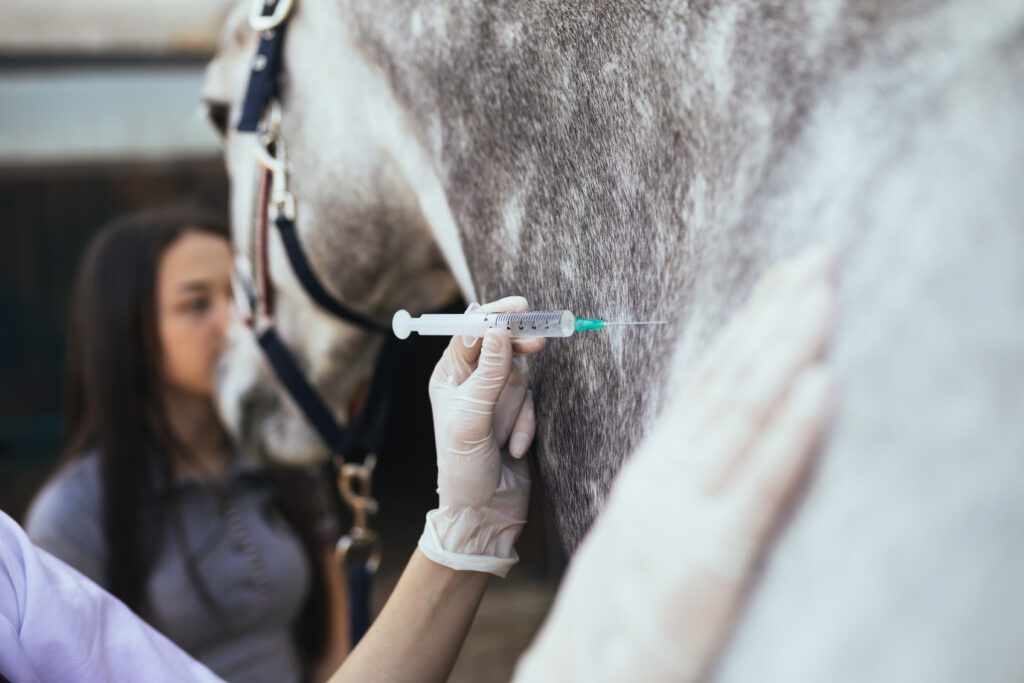
-
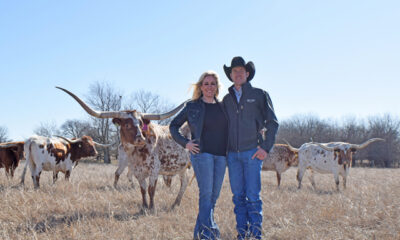
 Country Lifestyles2 years ago
Country Lifestyles2 years agoScott & Stacey Schumacher: A Growth Mindset
-
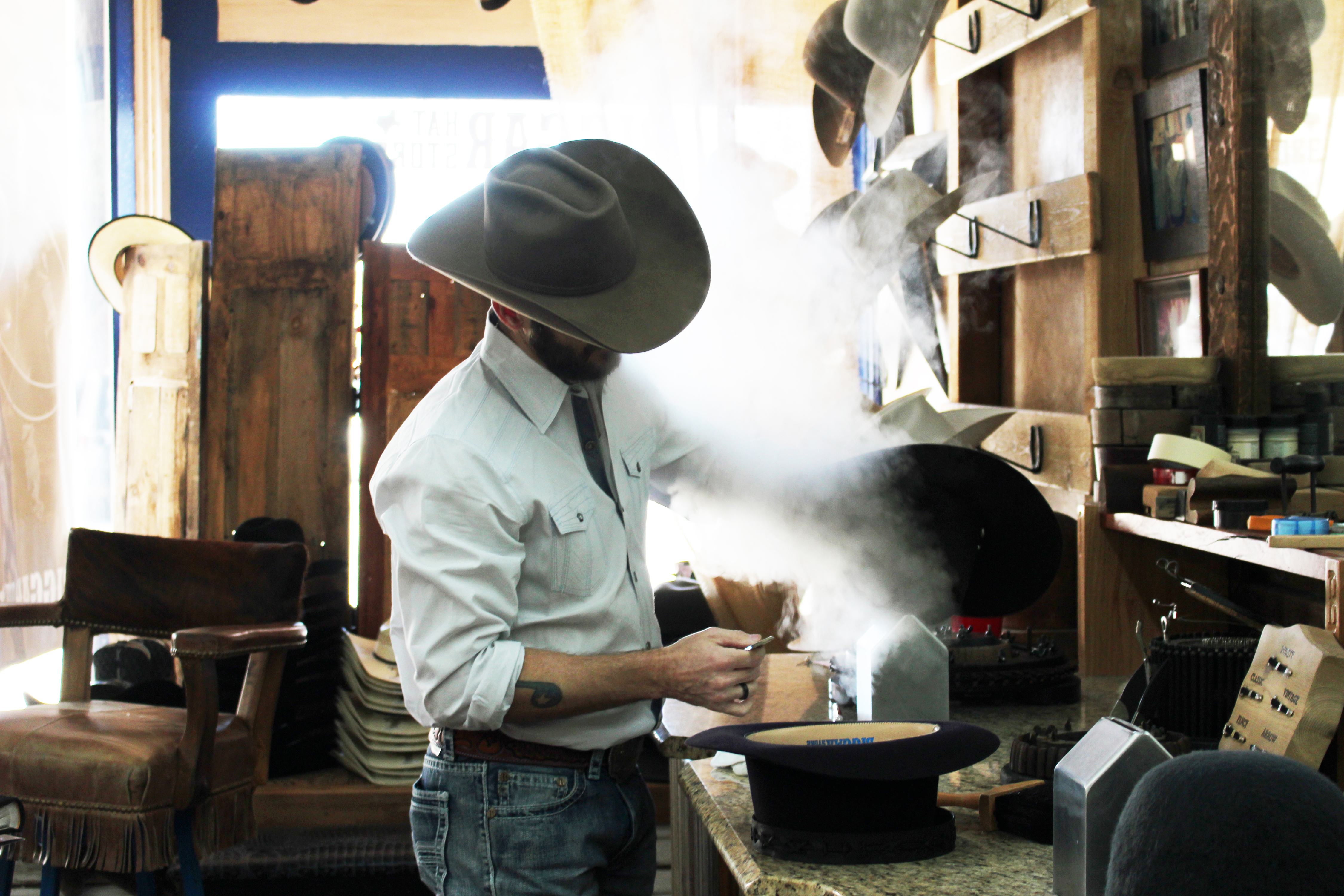
 Country Lifestyles8 years ago
Country Lifestyles8 years agoStyle Your Profile – What your style cowboy hat says about you and new trends in 2017
-
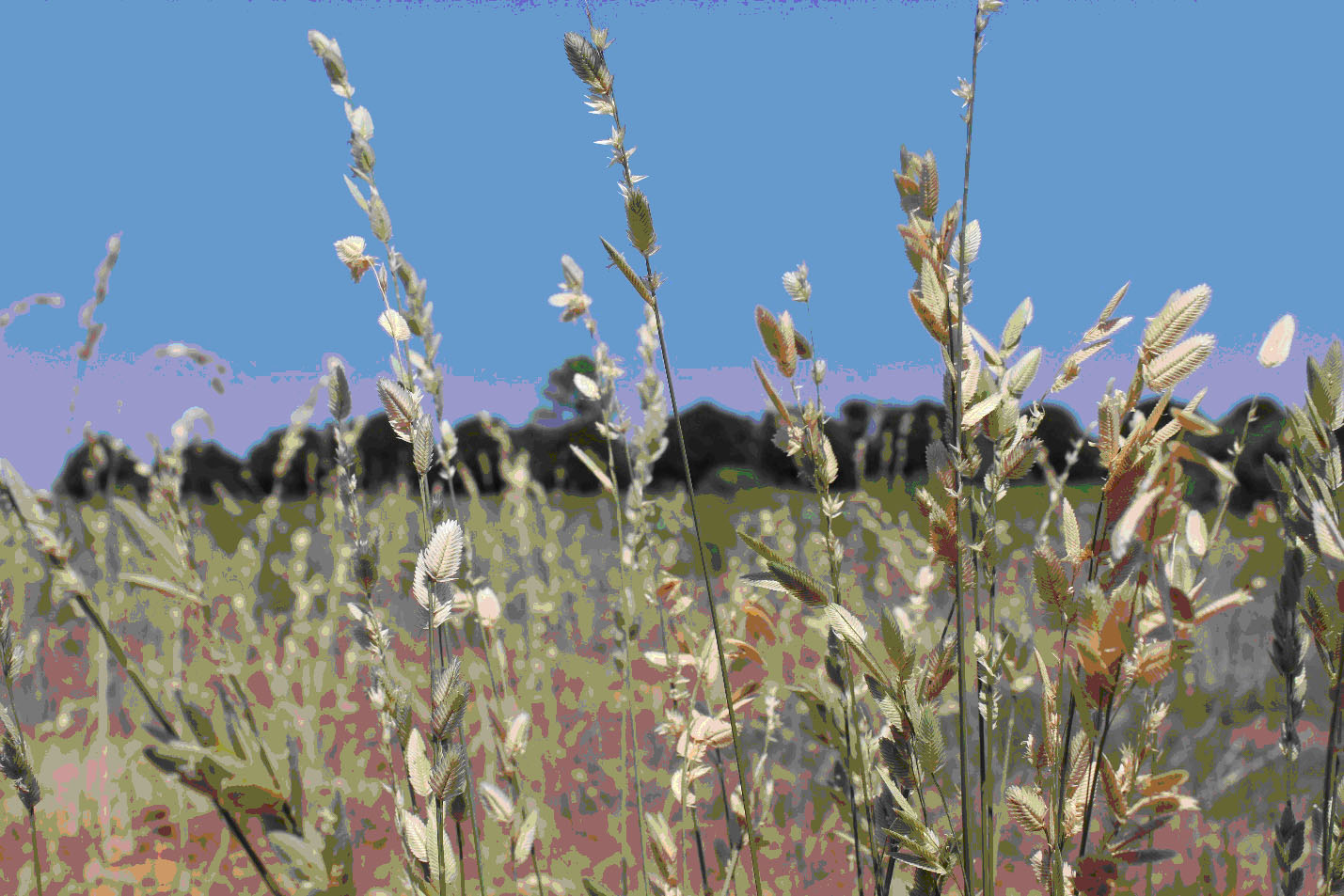
 HOME8 years ago
HOME8 years agoGrazing North Texas – Wilman Lovegrass
-
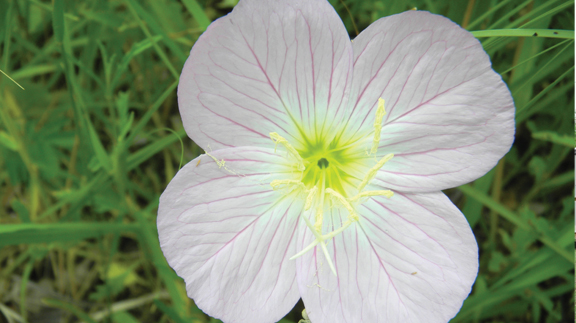
 Outdoor10 years ago
Outdoor10 years agoButtercup or Primrose?
-
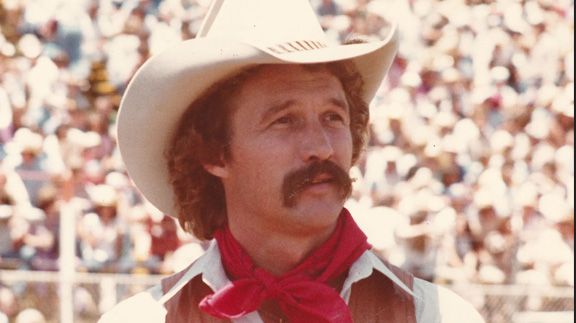
 Country Lifestyles9 years ago
Country Lifestyles9 years agoJune 2016 Profile – The man behind the mic: Bob Tallman
-
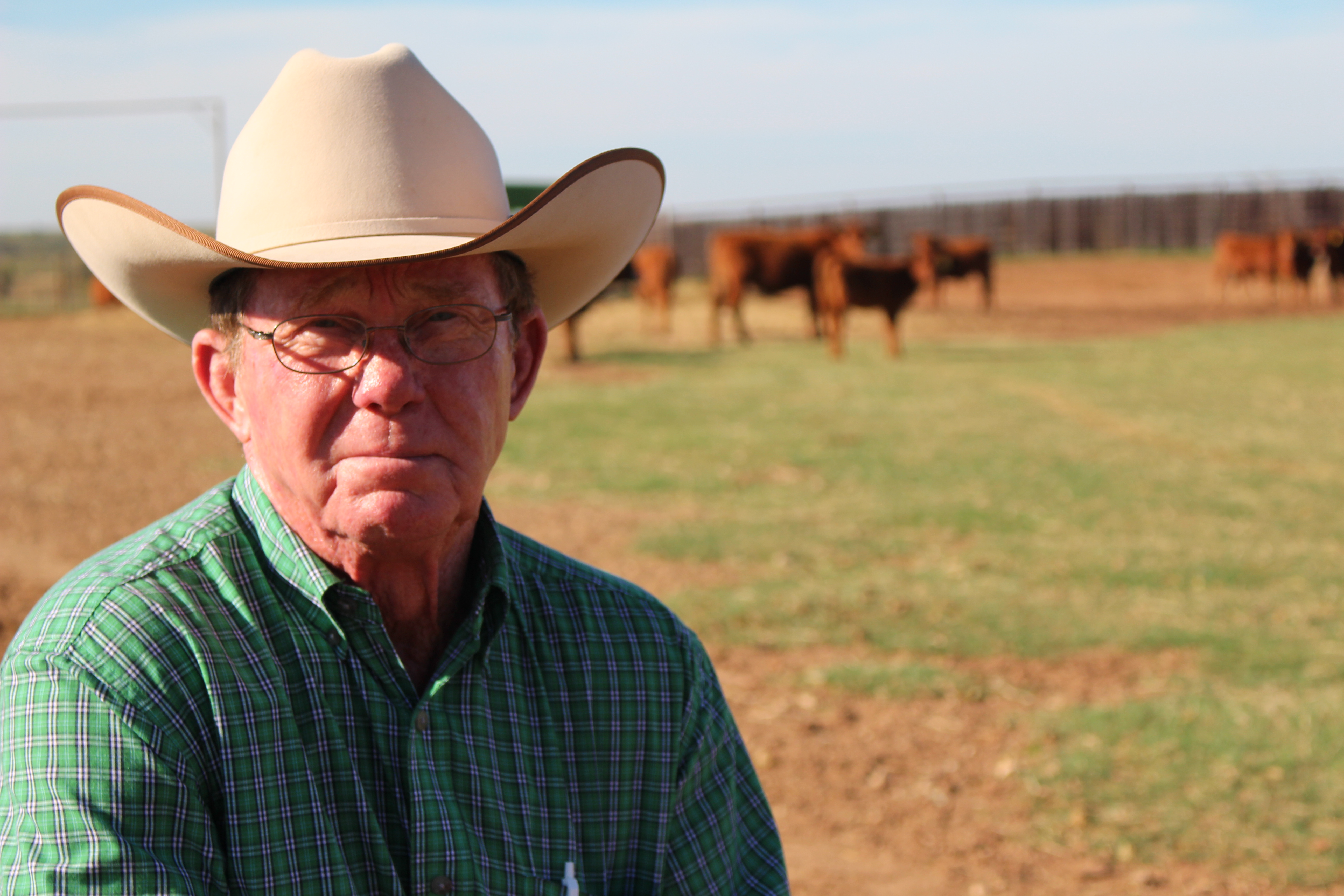
 Country Lifestyles8 years ago
Country Lifestyles8 years agoDecember 2016 Profile, Rusty Riddle – The Riddle Way
-
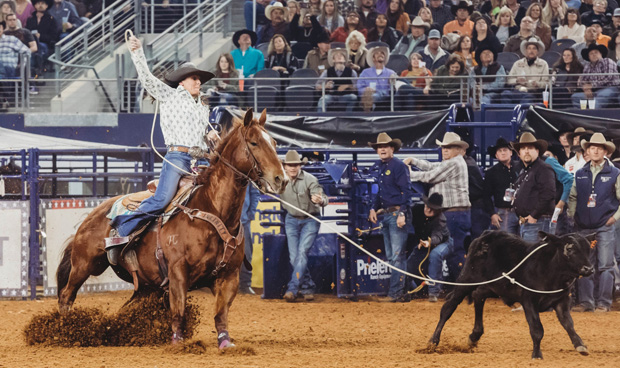
 Country Lifestyles5 years ago
Country Lifestyles5 years agoAmber Crawford, Breakaway Roper
-

 Equine2 years ago
Equine2 years agoThe Will to Win
